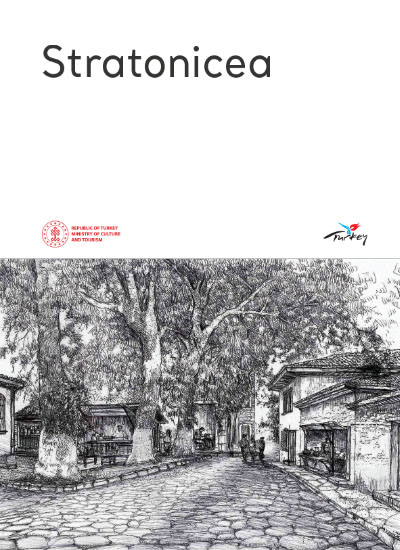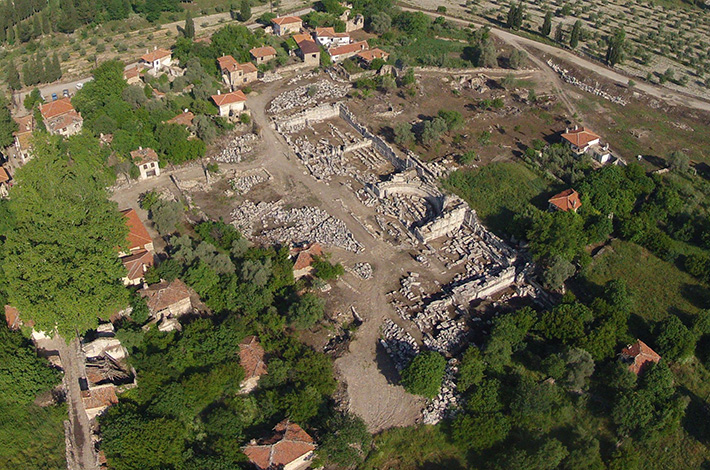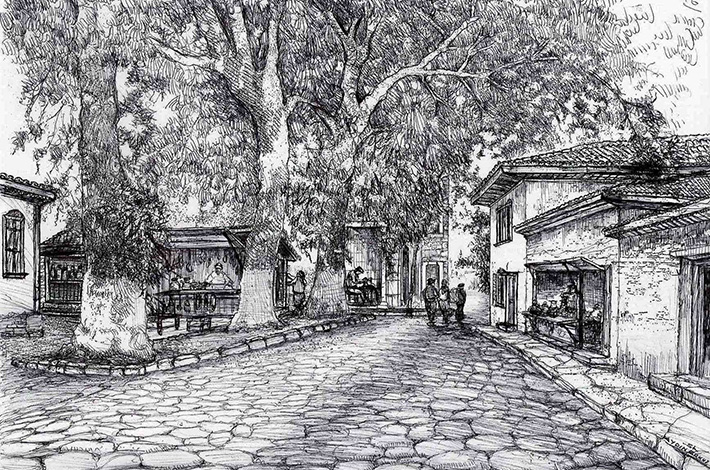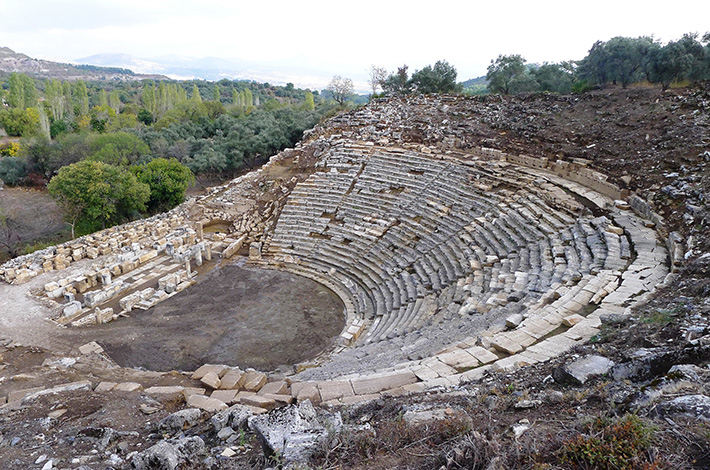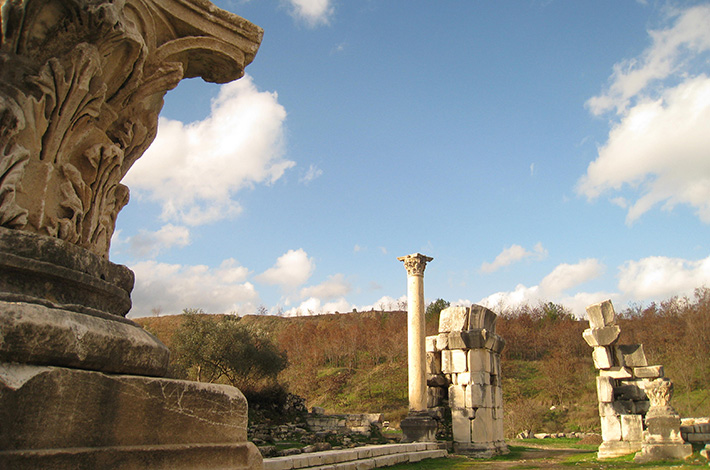Stratonikeia (Eskihisar) is situated in the Eskihisar neighbourhood of the Yatağan district of Muğla. According to the accounts provided by the ancient writers Herodotus, Strabo, Pausanias and Stephanus of Byzantium, there was a settlement known as Khrysaoris / Idrias in the area prior to the foundation of the Hellenistic city. In 281 BC, the name of the city was changed by the Seleucid king Antiochus I in honour of Stratonike, who was first his stepmother and then his wife. Stratonikeia and the region in which it is located changed hands between Seleucids, Ptolemies, Macedonians, Rhodes and Rome during the Hellenistic Period. The city, which retained its importance throughout the Roman Imperial Period, has been the subject of continuous development and reconstruction. It benefited from construction activities during the Early Imperial Period and the 2nd century AD to the greatest extent. Construction activities continued during the Eastern Roman (Byzantine) Period. With the conquest of Anatolia at the end of the 11th century AD, the city was conquered by Turkic tribes. Settlement continued during the 14th and 15th centuries, and into the following period. Today, although Eskihisar Village has completely relocated to the new settlement area, there are still families residing in historical village houses within the ancient city. The boundaries of the ancient city of Stratonikeia are known to have been delineated by the city wall, which allows for an accurate estimation of its size. However, excavations have only been conducted in certain buildings within the city. Consequently, the number of buildings known in the plan of the city is limited. Based on the excavated buildings and the street system identified, it is thought that the city was one of the regular cities built in a grid plan. The known structures are the city wall, city gate with its monumental fountain, north and west colonnaded streets, gymnasion, bouleuterion, bath, theatre, temples, latrina and water structure. Furthermore, the city contains a bath from the Principality Period (14th-15th century AD), a mosque from the 19th and 20th century, roads and cafes of various shapes belonging to the street texture, houses, shops, a paint workshop and fountains. Stratonikeia is one of the few locations where the ancient, Ottoman and Republican Period buildings and urban texture can be observed in conjunction.
STRATONIKEIA ARCHAEOLOGICAL SITE
